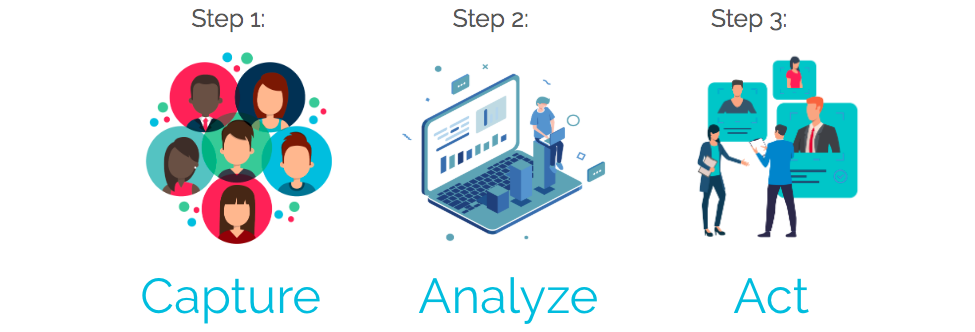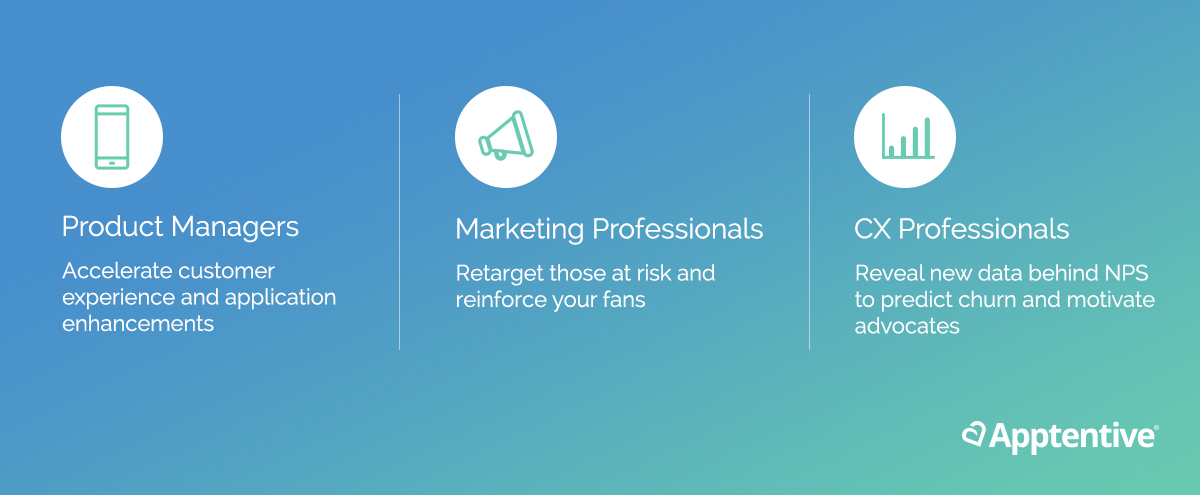In Gartner’s November 2019 “Accelerate Buying Decisions” article, analysts make an important distinction:
- Why should we change?
- What are our options for changing?
- How do we execute a change?
Answers look different for every team and shape the path to purchase. But regardless of response, the hard truth is that Voice of the Customer expectations have accelerated leaps and bounds over the last decade, and have only continued picking up speed. Brands who cling to traditional VoC initiatives (like NPS) without expanding have become stuck. And those who embrace and act on the change have pulled ahead—quickly widening the gap.
If you’re ready to harness the power of advancement in Voice of the Customer technology rather than fear change, read on.
NPS is Dead. But Voice of the Customer Opportunities are Growing.
Methods that measure on a flat scale, like NPS, are standard in gauging customer sentiment. Over 150 S&P companies cited NPS in 2018 earnings calls. Bonuses are based on it. Millions of dollars are spent managing it. Every industry captures it.
Source: NICE Satmetrix, 2018
But NPS value as a linked predictor of business outcomes falls short. In a recent survey of over 500 customer experience professionals, 85 percent of respondents indicated that they either currently use or had previously used NPS as their primary metric and/or key CX performance indicator. When it comes to gauging customer attitude, NPS is fine. But NPS is useless in understanding actual customer behavior.
Measurements like NPS only tell a small part of the story. Collecting and analyzing emotion allows you to go deeper into specific feelings customers have, which can be as diverse as your customer base.
Voice of the Customer: Turn Fear of Change Into Power
Change is uncomfortable, but it’s the only constant. The most recent change in enterprise VoC is the addition of “emotion data” to help brands go beyond traditional customer sentiment channels. Put simply: Traditional customer sentiment metrics tell you the “what.” Emotion data tells you the “why.”
Measuring emotion allows brands to understand what’s directly influencing their customers’ behavior. Today’s marketers and product managers have the power to utilize tools that help them reveal new fans, at-risk consumers, and shifts in emotion from customer experience over time in order to gauge sentiment. With that level of unique data from ongoing interactions—both online and onsite—they can respond faster to revenue opportunities and build loyalty, while enhancing their own first-party data.
Most importantly, customer emotions drive other customer experience metrics. In the 2019 report “How to Measure Customer Emotions,” analysts are quoted saying, “Measuring emotion lends deeper insight into customers’ experiences than conventional CX metrics. It is important for CX leaders to supplement NPS, CSat, and CES with measures of customer emotion.”
How to Enhance Existing Voice of the Customer Initiatives
The future of sentiment is unlocking emotion data, but that doesn’t mean you have to reinvent the wheel. Rather than replace your existing Voice of the Customer initiatives, there are ways to augment and enhance your methods.
It all starts with capturing customer emotion. As consumers, we now expect the brands we love to deliver the right message, to the right person, via the right medium, at the right place, and at the right time across all of their digital and onsite experiences. The more personalized an experience can be, the better suited it is for capturing true customer emotion.
Capturing emotion and analyzing sentiment allows you to then enrich your customer intelligence and profiles with actionable data. What you’re able to do with the data you gather looks different depending on your role and business goals.
By learning which customers are fans and which customers are at risk of churn, you may choose to:
- Enrich behavioral churn prediction models with shifts in sentiment
- Benchmark “Love” as an emotional signal with NPS and CSat
- Prioritize and validate your product roadmaps and experiential investments
- Utilize emotion for customization and personalization
- Drive adoption and revenue growth from “repeat fans”
- Act on the specifics of when and why your customers are at risk
Whether you’re in Product Management, Marketing, or CX, understanding and acting on customer emotion and sentiment at the profile level is key to future digital customer experience success.
Time to Take Action
Voice of the Customer technology has changed, and the opportunity to learn from your customers before taking action is bigger than ever—if you have the right technology in place. And as we’ve learned, changes to your VoC strategy doesn’t need to be scary. Progress is progress, no matter the size of your company.
Now that you know the possibilities of acting on customer emotion and sentiment data, even down to the personal level, it’s time to get to work! We love chatting about customer emotion and, of course, would love to help. Reach out directly, comment below, or check out our additional resources to further your education.









